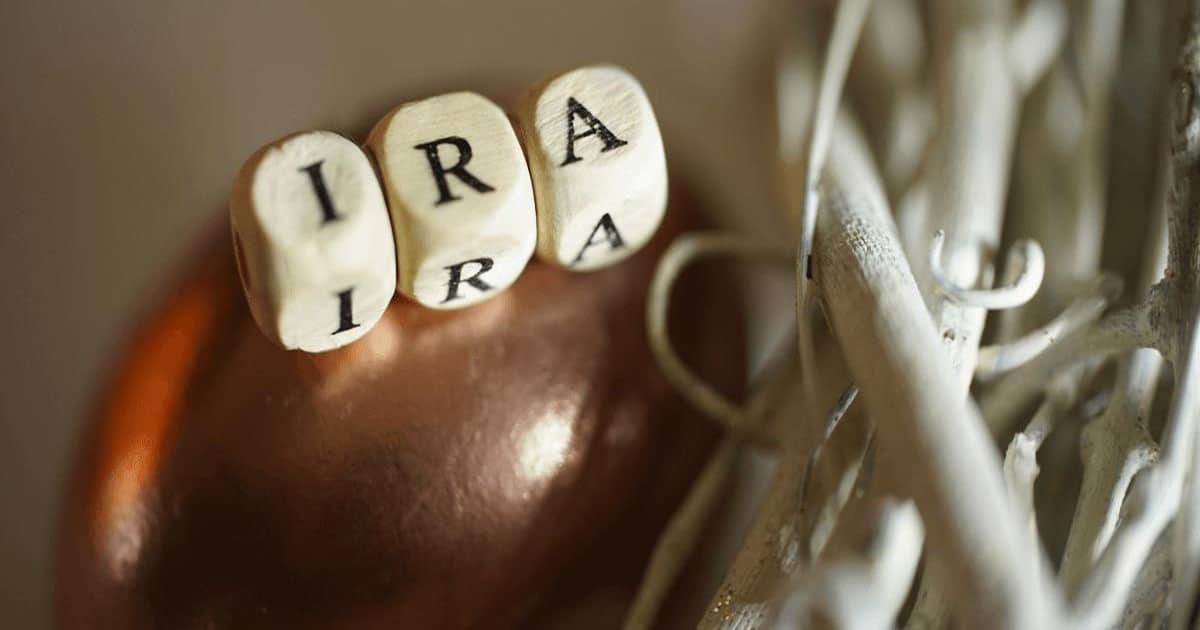When people think about IRAs, they usually think about saving. And yes, IRAs are great tools for building retirement wealth. But here’s the real secret: it’s not about how much you save – it’s about what tax buckets you save into and how you take it out.
IRAs play a powerful role in your retirement plan, but without a clear withdrawal strategy, they can quickly become a tax burden. Managing an IRA properly isn’t just about investments; it’s about timing, taxes, and thoughtful planning.
The two primary types of IRAs include Traditional and Roth. Traditional IRAs are funded with pre-tax dollars. They grow tax-deferred, but every dollar you withdraw in retirement is taxed as income. Once you reach age 73, the IRS requires you to start taking Required Minimum Distributions (RMDs), whether you need the money or not.
Roth IRAs work differently. You fund them with after-tax dollars, but qualified withdrawals are tax-free. Even better, you will have no RMDs during your lifetime. That gives you more flexibility and control over your retirement income.
This difference creates opportunities—especially for something called a Roth conversion. That’s when you move money from a Traditional IRA into a Roth IRA, pay taxes now, and let the money grow tax-free moving forward. But it needs to be done with intention.
Roth conversions can be especially helpful for the following:
- Reducing your future taxable income.
- Taking advantage of low-income years before RMDs begin.
- Leaving tax-free assets to your beneficiaries.
However, converting too much in a single year can bump you into a higher tax bracket. That’s why it’s important to work with an advisor and develop a multi-year plan that aligns with your goals and income needs.
An IRA also affects more than just your taxes. It impacts your overall retirement income strategy, Social Security timing, and even Medicare premiums. That’s why your IRA shouldn’t be viewed in isolation – it should be part of a bigger, integrated financial plan.
It’s also crucial to consider your legacy. Under the SECURE Act, most non-spouse beneficiaries must drain inherited IRAs within 10 years. That can create big tax bills for your kids if you haven’t planned accordingly. Roth IRAs, on the other hand, can be passed on tax-free.
One common mistake is getting emotionally attached to the account balance. You’ve watched it grow for decades, so pulling from it can feel uncomfortable. But retirement is about distribution, not hoarding. You saved this money for a reason – now it’s time to use it wisely.
At Financial Enhancement Group, we use a process called Defined Distribution™ – an intentional approach to IRA withdrawals that balances income needs, tax efficiency, and long-term goals.
If you’ve done the hard work of saving, make sure you have a plan for what comes next. Because the power of an IRA isn’t just in how it grows – it’s in how it’s used.
Financial Enhancement Group is an SEC Registered Investment Advisor.


